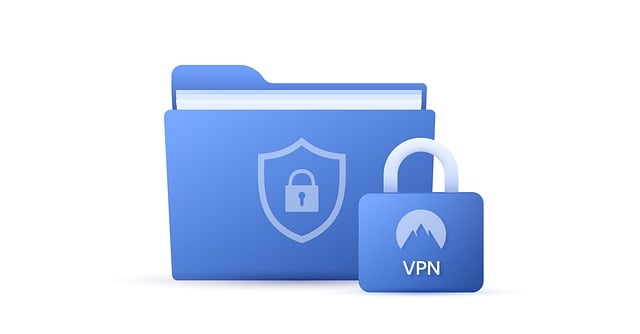In the digital age, comprehensive cybersecurity background checks are vital to protect against threats. Traditional verification methods are outdated and leave gaps, leading to risks like insider attacks and data breaches. Streamlining through digital platforms with rigorous checks ensures up-to-date talent screening, enhancing organizational defenses and guarding sensitive data.
In today’s digital landscape, verifying the credentials of tech professionals is more critical than ever. As cyber threats evolve, ensuring the integrity and security of our systems demands rigorous scrutiny. This article explores the importance of thorough license and credential verification, highlighting gaps in current processes and offering practical solutions, with a focus on enhancing cybersecurity through comprehensive background checks. By implementing robust measures, organizations can mitigate risks and foster a culture of digital trust.
- Understanding the Importance of Thorough Checks
- Uncovering Gaps in Current Verification Processes
- Implementing Effective Cybersecurity Background Checks
Understanding the Importance of Thorough Checks

In today’s digital era, where technology drives virtually every aspect of our lives, ensuring the integrity and competence of tech professionals is paramount. Thorough verification of licenses and credentials isn’t just a best practice—it’s a critical component in mitigating risks associated with cybersecurity threats. A single gap in qualifications can leave an organization vulnerable to attacks that exploit human error or outdated skills.
Comprehensive background checks for individuals with a cybersecurity background are essential tools in identifying potential red flags early on. These checks don’t just confirm certifications; they uncover previous employment, educational history, and any disciplinary actions, providing a holistic view of an applicant’s trustworthiness. By prioritizing this process, businesses can foster a culture of security and resilience against the ever-evolving landscape of cyber threats.
Uncovering Gaps in Current Verification Processes

Many organizations today rely on technology professionals to protect their sensitive data and systems, yet the current verification processes for licenses and credentials often leave gaps that can pose significant risks. Traditional methods typically involve manual cross-referencing of records, which is time-consuming, prone to human error, and may not capture the most up-to-date information. This leaves room for malicious actors to exploit vulnerabilities by posing as legitimate professionals.
In the context of cybersecurity, where backgrounds checks are crucial, these gaps can be especially hazardous. Outdated or inaccurate data might fail to reveal a candidate’s prior involvement in security breaches or their lack of necessary certifications. Streamlining verification processes through digital platforms and implementing rigorous cybersecurity background checks are essential steps towards fortifying organizational defenses against potential insider threats and ensuring the integrity of tech talent within their ranks.
Implementing Effective Cybersecurity Background Checks

In the tech industry, where security is paramount, implementing robust cybersecurity background checks is non-negotiable. These checks ensure that employers protect sensitive data and critical infrastructure from potential threats. By verifying candidates’ backgrounds, including their educational qualifications, employment history, and any relevant security clearances, companies can mitigate risks associated with insider threats and unauthorized access.
Effective cybersecurity background checks involve utilizing advanced screening tools and third-party verification services. This process should encompass a comprehensive review of the candidate’s digital footprint, past employers, and any potential red flags in their online presence. Regular updates to these checks are essential to stay ahead of evolving cyber risks, ensuring that tech professionals adhere to strict security protocols and maintain the integrity of their credentials.






